Did you know that there are over 750 known Ficus species in the world? The fig is a delicious fruit that is enjoyed in a variety of ways, but growing a tree is somewhat challenging. But Florida has an ideal climate for fig trees.
Fig trees grow very well in warmer climates that are more dry than humid. In the state of Florida, the common fig is the most popular species of fig grown in north, central, and south Florida. Fig trees in Florida tolerate cold temperature down to 45° F.
Fig trees require very specific growing conditions but are also very low maintenance for the most part.
In the right growing conditions, the fig tree can produce beautiful, lush fruit.
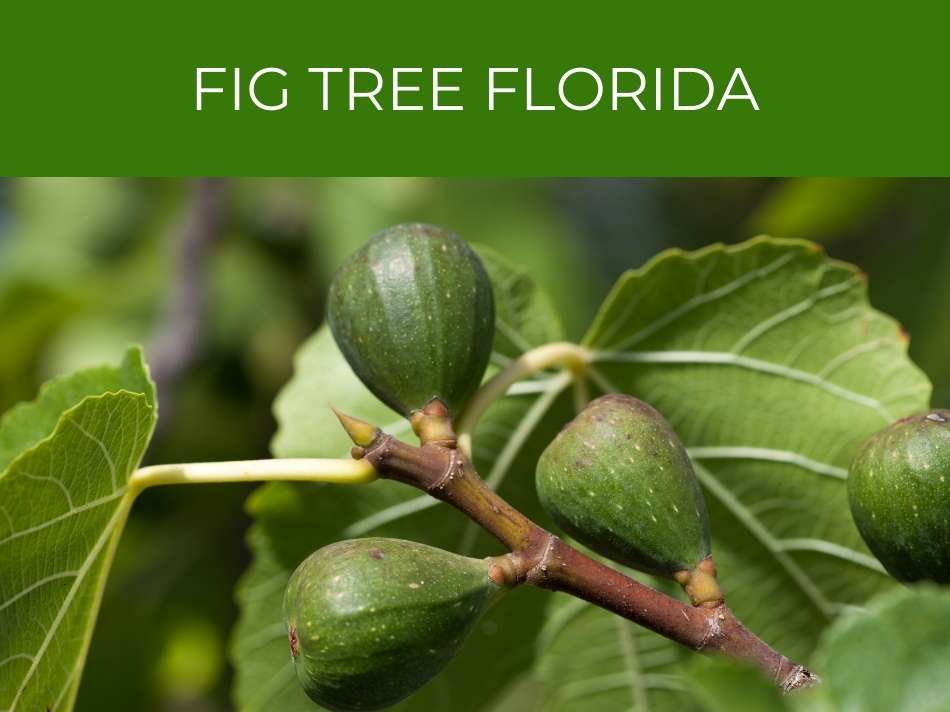
Fig tree Florida
Florida is known for offering the right growing conditions for the edible fig trees.
In addition, figs are fairly easy to grow in the northern and central regions of Florida.
There are 4 types of figs; Caprifigs, Smyrna, San Pedro, and common figs. Of these, only the common fig is recommended for growth in Florida. Common figs do not require pollination in order to produce fruit and have acclimated to the soil and climate of the south.
According to The University of Florida, common figs are parthenocarpic. This means that these types of figs do not rely on fertilization in order to produce fruit.
Furthermore, fig wasps are responsible for fertilizing male figs, (which we do not eat, so don’t worry), but these wasps are not present in Florida. Therefore, it is recommended that common figs be grown in Florida as they do not require fertilization in order to produce fruit.
See our complete article on fig tree roots, and how to remove them.
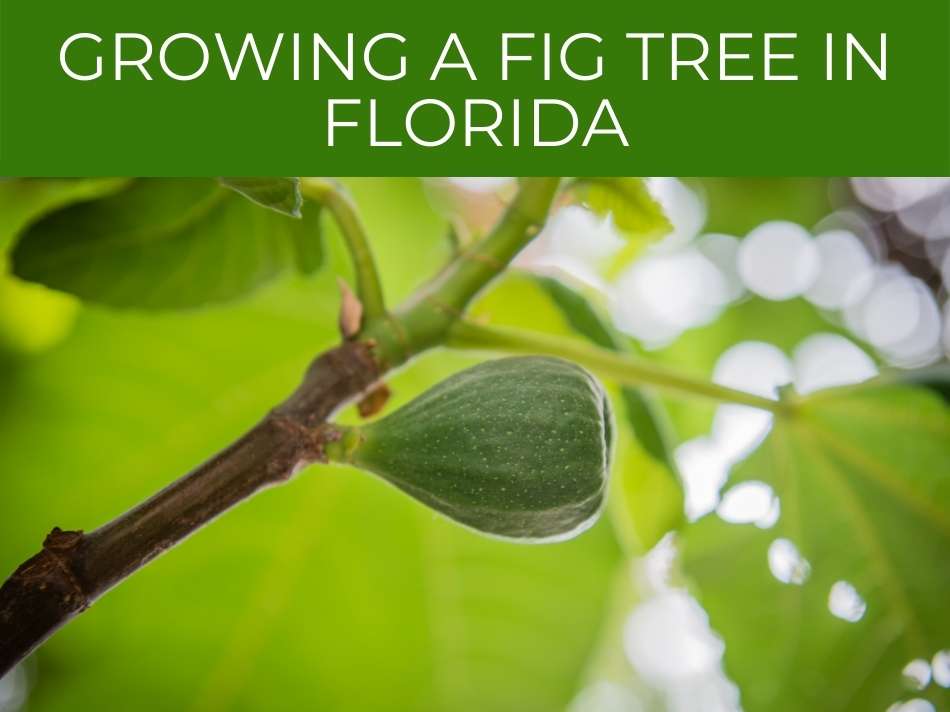
Growing a fig tree in Florida
Fig trees grow successfully in north, central, and south Florida, though they do not produce as much fruit in south Florida as there are fewer chilling hours.
Edible fig trees are deciduous plants that are able to produce fruit twice a year under the right conditions, requiring approximately 100 hours of colder temperatures in order to grow/set fruit.
Fig trees thrive in locations that have long, hot summers with winters that do not drop below 45°F , making the Florida climate a good match for fig trees. The trees require less than 100 hours of chilling temperature during the dormant season to promote healthy reproductive bud development.
Fig trees in Florida produce fruit twice a year, once in the beginning known as breba. These fruits are not the best quality and are grown from last year’s growth.
The second harvest is later during the year and these fruits are usually of a higher quality as they come from the new growth of the tree with harvesting occurring during the beginning of fall.
See the 3 best varieties of cold hardy fig trees.

Where to plant a fig tree in Florida
When selecting fig trees for growth in Florida, its best to select varieties that are Florida friendly, such as Brown Turkey, Jelly, Celeste, etc.
Figs can be planted either in soil in the ground or in containers. When planting figs in the ground, the hole should be twice as deep and wide as the root ball of the fig.
Fig trees are most productive when planted in areas that receive a sufficient amount of sunlight. These trees should be planted in large, open landscapes as their root system is known to extend further out than the canopy of the tree.
North and Central Florida are the best options as they have sufficient chilling temperatures to help trees produce buds.
Figs can be planted outdoors, in Florida, in USDA Zone 8 areas.
See how to transplant fig trees.
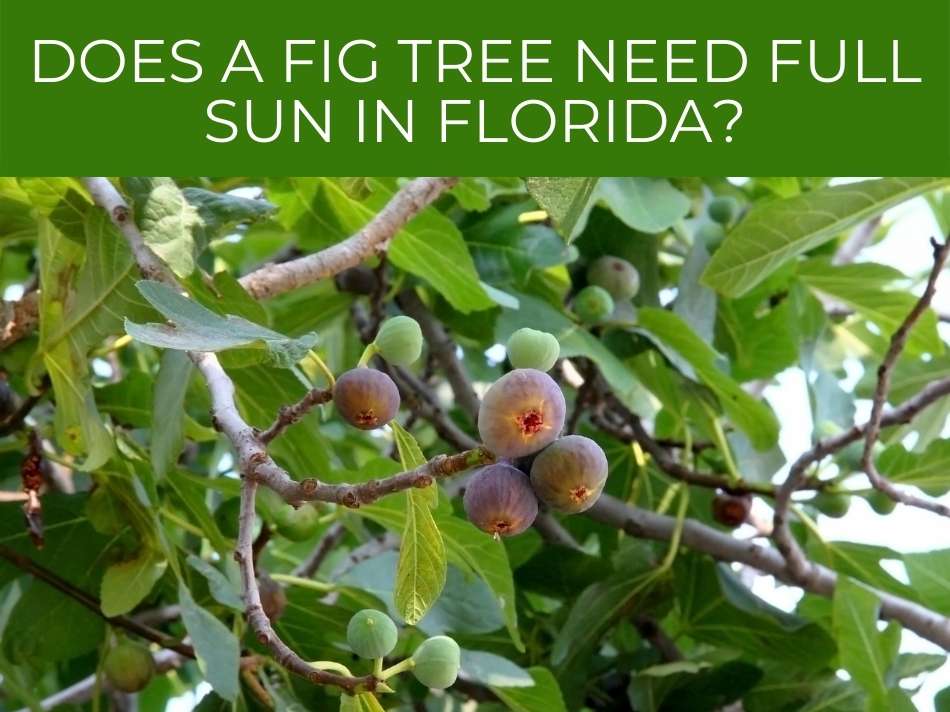
Does a fig tree need full sun in Florida?
All trees need sunlight in order to grow, photosynthesize, and produce fruit.
The fig tree, on the other hand, depends on getting as much sunlight as possible in order for it to produce the highest quality fruit.
Fig trees should be planted in areas that receive full sun. These trees require a minimum of 7 to 8 hours of sunlight. The more sun the tree gets, the higher quality fruit it will produce and the better quality yields it will produce.
Fig trees prefer full or partial sun. However, the Florida climate is known for its scorching heat. Therefore, it should be noted that when growing fig trees in the south of Florida, the plants may also be grown in filtered sunlight.
Fig trees are able to handle partial shade, but in order to grow big, luscious fruit, the tree will require as much sunlight as possible.
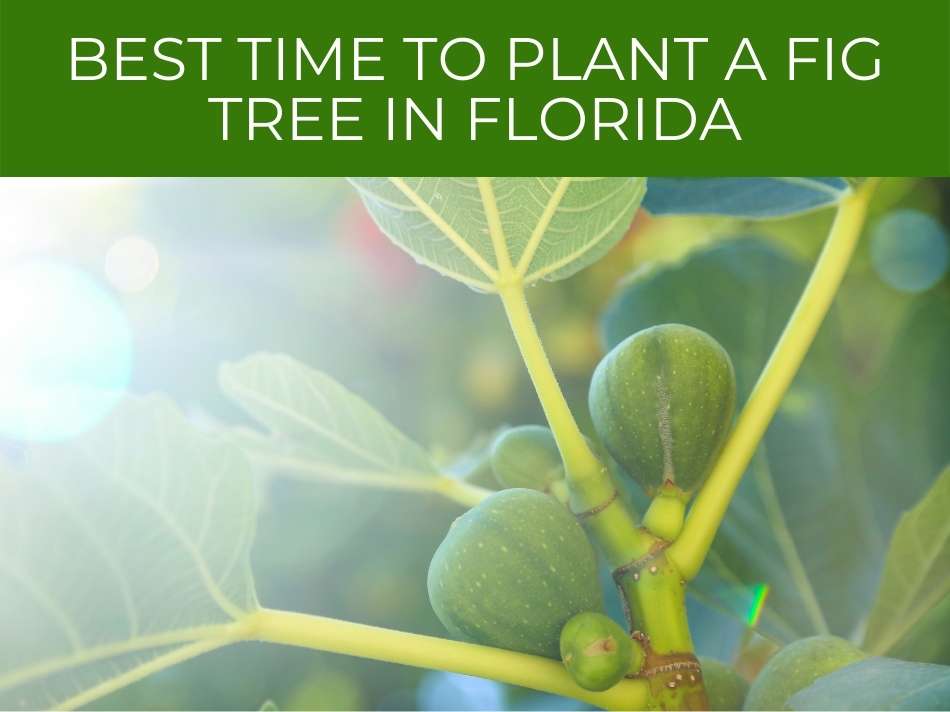
Best time to plant a fig tree in Florida
Timing is very important when deciding to plant fig trees as this will determine the quality and quantity of the yield that the tree produces.
It’s important to note, that fig trees produce figs twice a year, and therefore, consideration should be given to when the tree is planted as well as where it is planted.
When planting figs outdoors, it is best to plant the figs during spring(March) or early fall in the full sun. Keep in mind that this applies to planting a cutting. When planting a tree, it is possible to plant the tree any time of the year in order to yield a healthy fig during harvesting.
Container grown plants can be planted/transplanted at any time during the year. You should be able to harvest fruit around July and October.
A crucial tip to keep in mind, when planting fig trees outdoors, is that the fig tree should be dormant when you plant it.
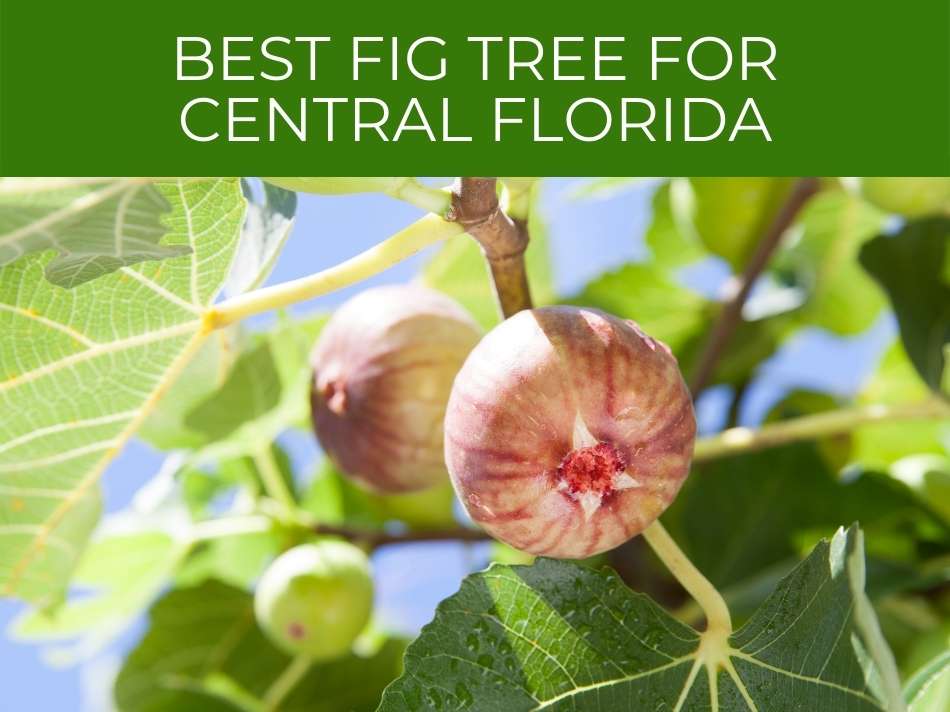
Best fig tree for central Florida
Not all fig tree plants are ideal for growing in Florida.
Out of the four types of fig trees, only one does not rely on the fig wasp for fertilization. As previously mentioned, this wasp is not typically found in Florida.
The best fig tree to grow in Florida is the common fig. Under this category, there are about 4 varieties that thrive in the Florida climate, including the Celeste, Brown Turkey, Green Ischia, and the Jelly.
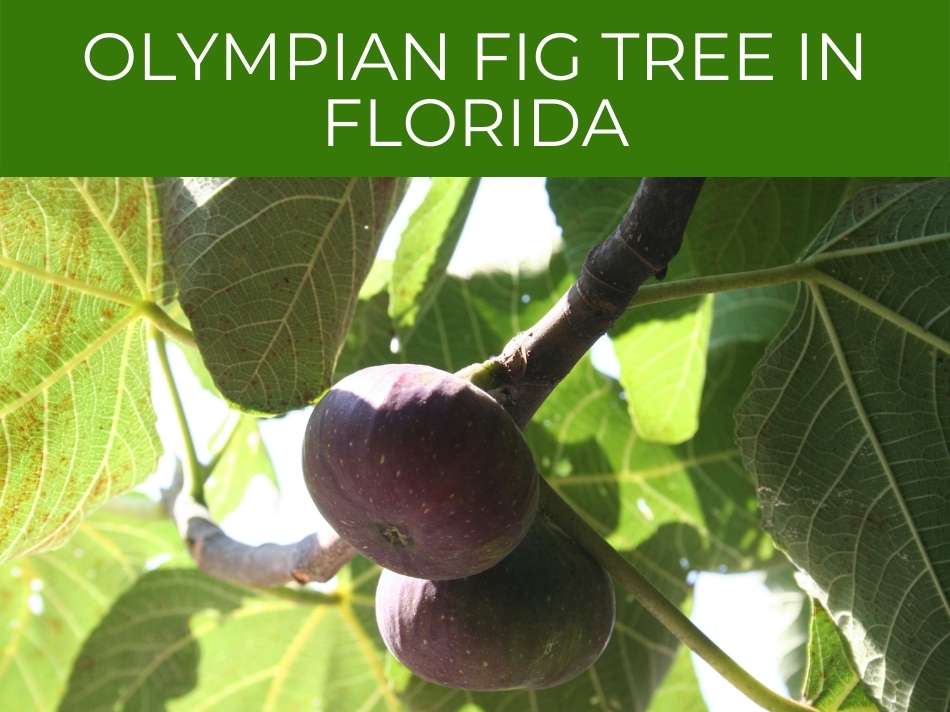
Olympian fig tree in Florida
The Olympian fig tree produces figs with violet or sweet red flesh. The fruit itself is purple. It typically grows best in zones 6-10 and requires full or partial sun in order to flourish. In addition, these fig trees are more tolerant to colder conditions.
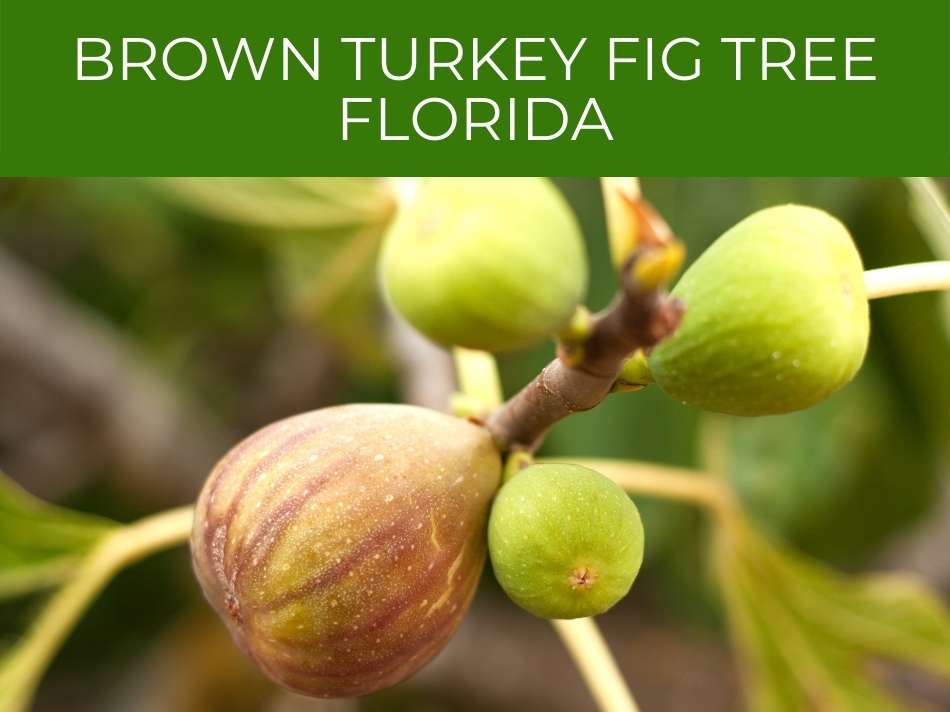
Brown turkey fig tree Florida
This fig has an orange-pink flesh and purple skin when it is ripe. It is a very low maintenance fig tree. These trees grow very fast and can survive in almost any soil conditions with the exception of acidic soil.
Furthermore, they do not require fertilization in order to reproduce and are known to survive single digit cold weather conditions.
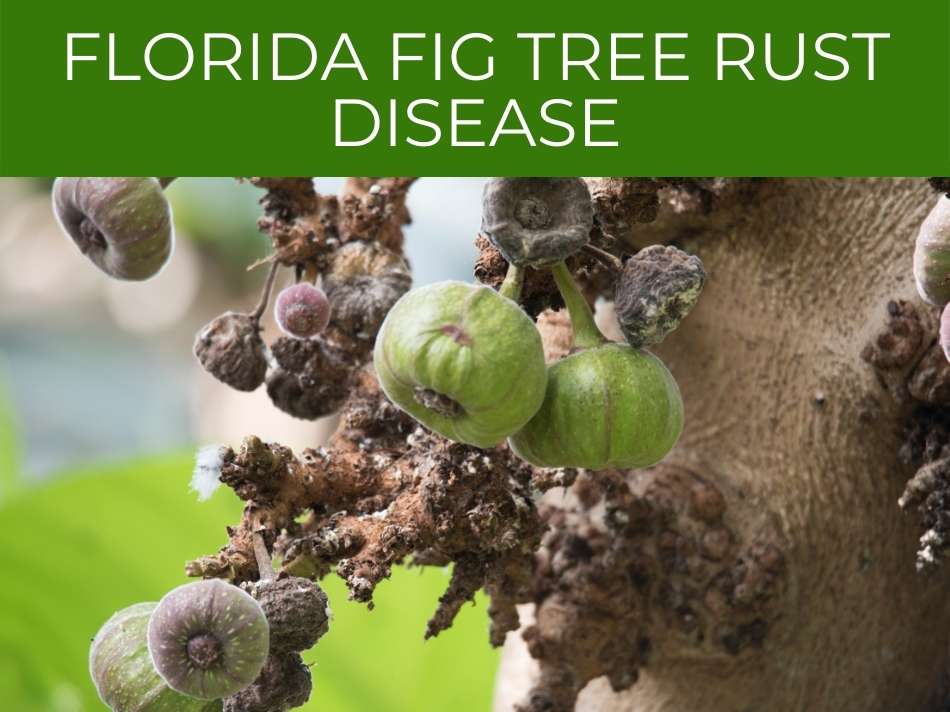
Florida fig tree rust disease
Figs that grow in Florida are not immune to plant diseases.
In fact, they are commonly plagued by various fungal diseases, viruses, or the odd bacteria.
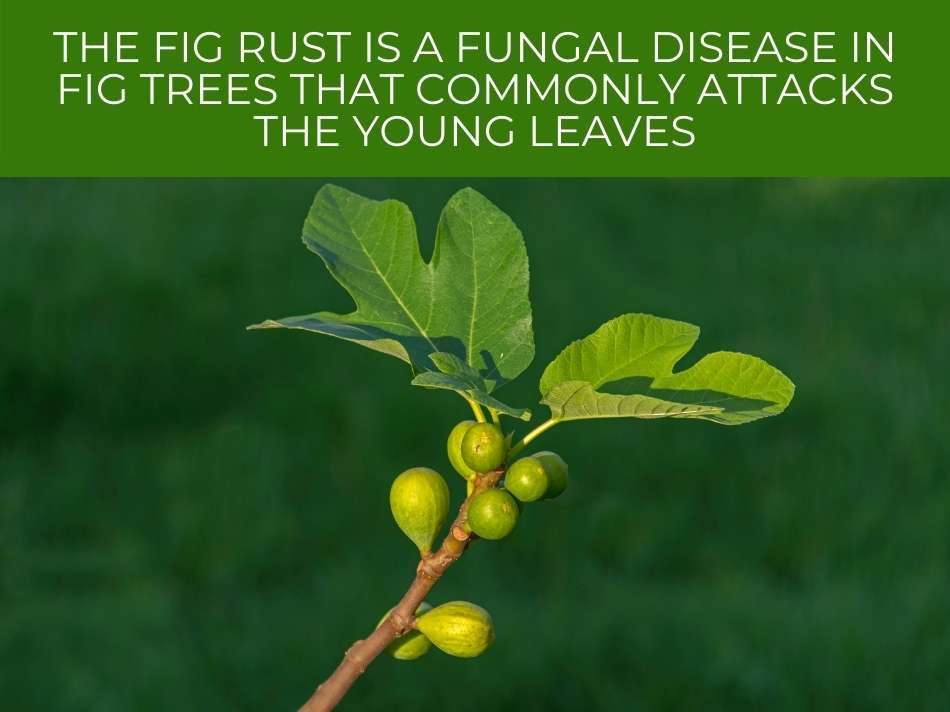
The fig rust is a fungal disease in fig trees that commonly attacks the young leaves. This disease is easily identified as it produces small yellowish spots on the leaves of the tree. The more it spreads, the more brown the leaves become.
It’s difficult to treat once it has developed because there are very few fungicides registered to be used on figs.
The disease is usually found in late summer or early fall and may put new leaves at risk of frost damage. This in turn may result in winter die back of branches. It’s very difficult to save a tree after this happens.


